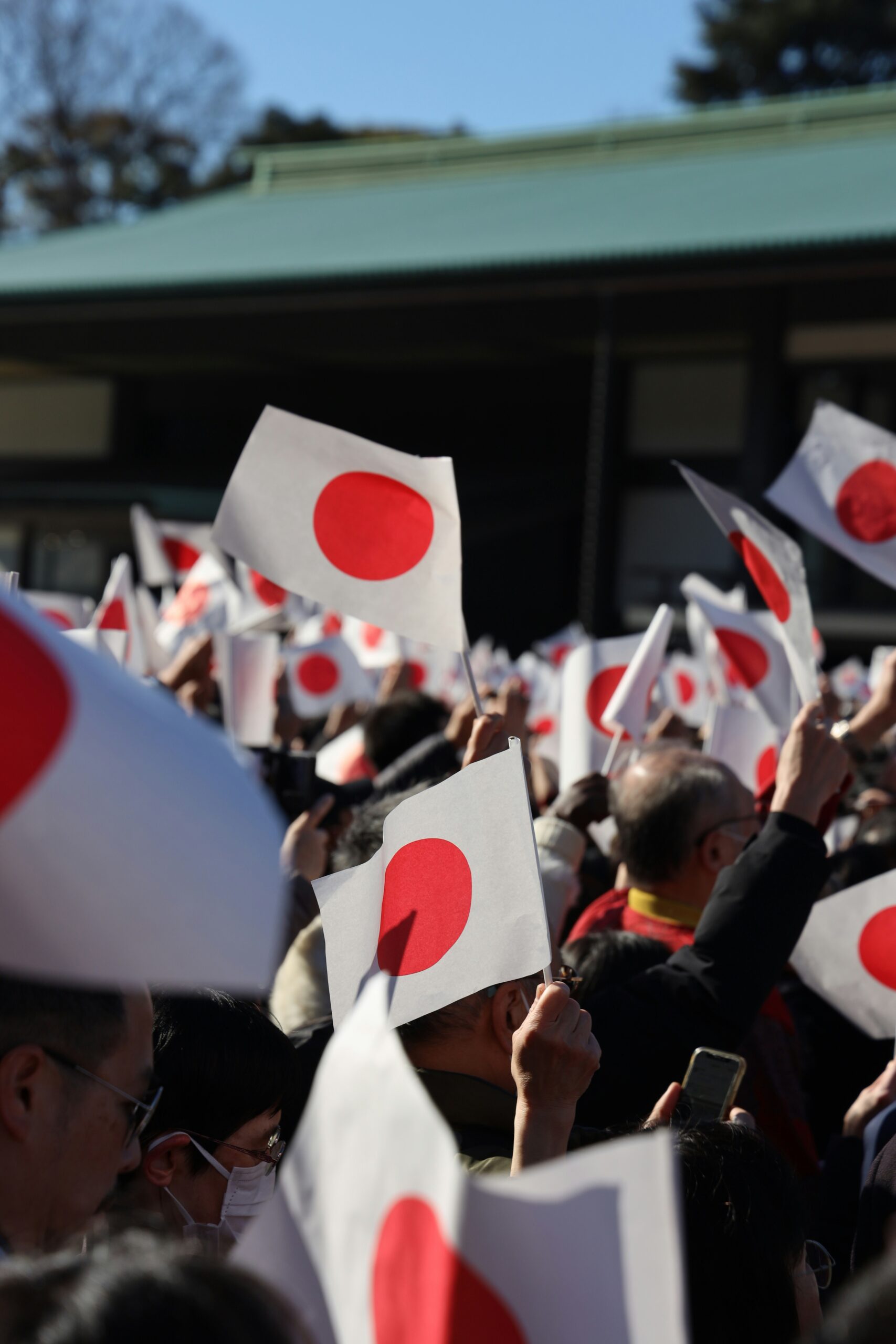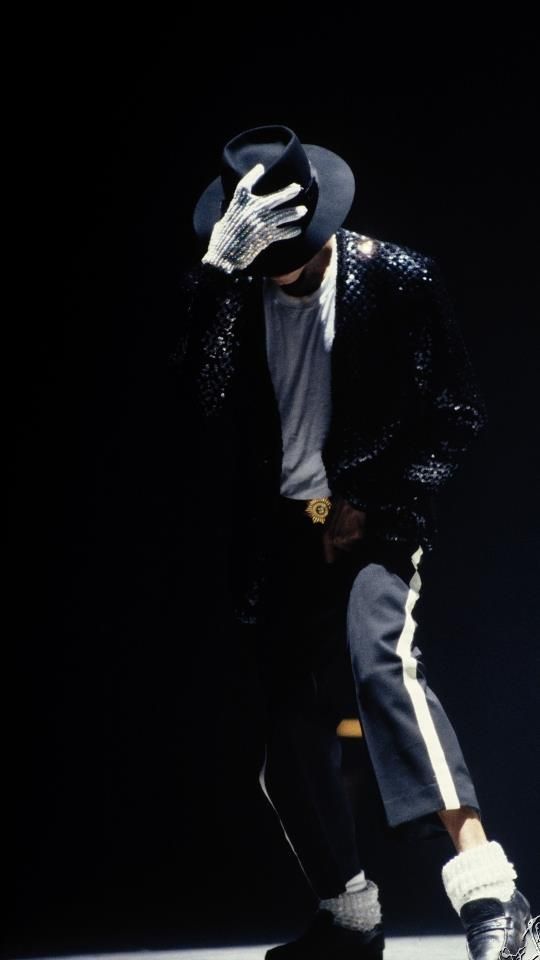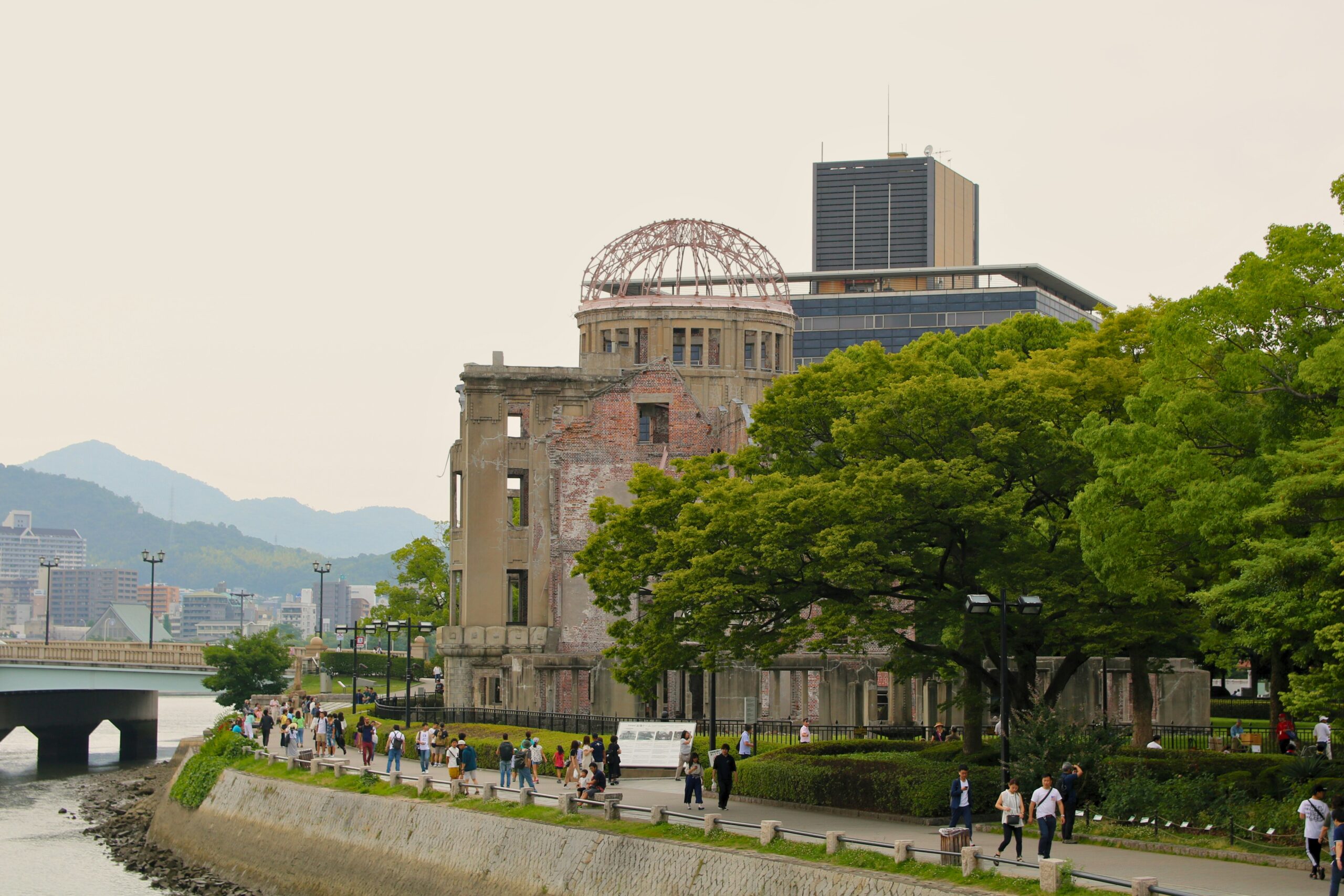Japan in Protest: Why Citizens Are Rising Across Every City

Japan is often seen as a land of quiet order, harmony, and social discipline. Yet in recent months, that image has been disrupted by an unusual sight: waves of protests sweeping across major cities from Tokyo to Hiroshima. Citizens are marching in the streets, students are chanting slogans, farmers are driving tractors into urban centers, and peace activists are rallying in front of government buildings.
For a country not usually associated with mass demonstrations, the scale of recent protests has surprised both locals and international observers. But why are Japanese citizens rising up in so many places at once? The answer lies in a mix of economic stress, political frustration, and global solidarity movements. Together, these forces are shaping a new chapter in Japanese activism.
Economic Frustrations Boil Over
One of the most visible movements has been the protests targeting the Ministry of Finance. Since February 2025, demonstrators have gathered outside the ministry in Tokyo, demanding tax cuts, greater economic relief, or even the dissolution of the institution itself. Their anger is focused on the consumption tax, which many feel places an unfair burden on ordinary citizens at a time of rising living costs.
Smaller rallies have spread to other cities, including Sapporo, amplifying the sense of a nationwide frustration with government policies. While some conspiracy theories have muddied the waters of these protests, the underlying reality is clear: ordinary people are struggling, and they feel ignored by political elites.
Workers March for Dignity
Every year, May Day is a platform for labor rights, but this year’s May Day protests were far larger and more politically charged than usual. Tens of thousands turned out across Japan—14,000 at Tokyo’s Yoyogi Park and another 3,000 at Hibiya Open-Air Concert Hall.
Workers and union leaders voiced demands for wage increases, gender equality, better healthcare, and stronger disaster relief. But their banners also carried messages about foreign policy: calls for peace in Gaza, an end to Russia’s invasion of Ukraine, and criticism of Japan’s growing defense spending.
This shows that for many Japanese workers, the fight for a fair salary cannot be separated from the fight for a peaceful and just society.
Farmers Roll into Tokyo
Another striking image came in March, when more than 3,200 rice and dairy farmers took to the streets of Tokyo. Driving tractors through Shibuya and Minato wards, they protested for fair treatment and government support.
Their demand is straightforward: stable agricultural incomes. Japanese farmers point out that their counterparts in the U.S. and Europe receive stronger subsidies, while they are left vulnerable to global market fluctuations and declining domestic demand. The protest highlighted a growing divide between urban policymakers and rural communities who feel forgotten.
Peace Movements Resurge
Japan’s long-standing identity as a pacifist nation has fueled another set of protests. Demonstrators have gathered outside the Israeli Embassy in Tokyo, condemning bombings in Gaza and calling for immediate ceasefire. Others have rallied in Hiroshima, in front of the Atomic Bomb Dome, carrying banners with messages like “Stop nuclear war.”
The symbolism here is powerful. Hiroshima, scarred forever by the atomic bombing, has become the site of renewed opposition to militarization. Many protesters argue that Japan’s rising defense budget and closer cooperation with the U.S. betray the lessons of history and the pacifist spirit of the Japanese constitution.
Students and Minority Voices
Not all protesters are workers or farmers. Students at pro-Pyongyang Korean schools in Tokyo have been demonstrating weekly since March. Their fight is for inclusion in Japan’s tuition-free high school program, from which their schools are excluded. For them, the exclusion represents discrimination and an attack on educational equality.
Meanwhile, leftist student groups and anti-nationalist activists staged marches on National Foundation Day, opposing what they see as the glorification of imperial history. Their chants—“We don’t need a day dedicated to the Emperor!”—reflect broader generational tensions over how Japan remembers its past and what kind of identity it should build for the future.
Hiroshima Anniversary: Memory Meets Politics
On August 6, 2025, thousands gathered in Hiroshima’s Peace Memorial Park to mark the 80th anniversary of the atomic bombing. Normally a solemn occasion to remember victims, this year’s commemoration also became a protest.
Speakers and demonstrators criticized Prime Minister Shigeru Ishiba’s government for expanding military budgets and pushing Japan toward a more assertive defense policy. For many Japanese citizens, Hiroshima is more than history—it is a reminder of why peace must remain the nation’s guiding principle.
Diaspora Activism in Tokyo
Protests in Japan are not limited to domestic concerns. On August 5, Kashmiri and Pakistani residents organized demonstrations outside the Indian Embassy and near the UN office in Tokyo. They marked the anniversary of India’s revocation of Kashmir’s special status, raising banners about human rights and international justice.
These events illustrate how Japan, as a global hub, has become a stage for international solidarity movements. Activists see Japanese cities not only as places to demand local change but also as platforms to amplify voices from conflicts around the world.
Why Now?
When seen individually, each protest may look like a separate movement—about taxes, wages, farmers, or foreign wars. But taken together, they reflect a broader reality: Japanese society is under pressure, and citizens are less willing to remain silent.
Economic inequality, dissatisfaction with government policies, and unease about militarization have created a mood of discontent. Global instability, from Ukraine to Gaza, has also inspired Japanese citizens to link their struggles with broader calls for peace and justice.
For decades, Japan has had relatively few large-scale protests compared to other democracies. But the recent convergence of grievances shows that activism is alive, diverse, and growing.
Conclusion: Japan’s New Voice
Japan’s wave of protests is not just about one issue—it is about the reawakening of civic voice. Farmers with tractors, workers with union banners, students with placards, and peace activists in Hiroshima are all part of a larger chorus demanding fairness, equality, and peace.
Whether these protests will lead to concrete policy changes remains uncertain. Yet their existence alone is significant. They demonstrate that in a society famous for harmony, people are willing to disrupt silence when justice feels out of reach.
Japan is in protest, and its citizens are rising across every city not only to defend their rights today but to shape the kind of future they want tomorrow.





